CHLORPROMAZINE
THERAPEUTICS
Class
- Neuroscience-based Nomenclature: dopamine, serotonin receptor antagonist (DS-RAn)
- Conventional antipsychotic (neuroleptic, phenothiazine, dopamine 2 antagonist, antiemetic)
CHLORPROMAZINE commonly prescribed for
(Bold for FDA approved)
 How CHLORPROMAZINE works
How CHLORPROMAZINE works
• Blocks dopamine 2 receptors, reducing positive symptoms of psychosis and improving other behaviors
• Combination of dopamine D2, histamine H1, and cholinergic M1 blockade in the vomiting center may reduce nausea and vomiting
How long until CHLORPROMAZINE works
• Psychotic symptoms can improve within 1 week, but it may take several weeks for full effect on behavior
• Immediate and short-term (a few hours) relief of severe behavioral problems if given during an acute exacerbation on a prn (as needed) basis (most common use in children)
• Actions on nausea and vomiting are immediate
SIDE EFFECTS
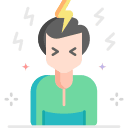 Notable Side Effects
Notable Side Effects
• Neuroleptic-induced deficit syndrome
• Akathisia
• Priapism
• Drug-induced parkinsonism
• Galactorrhea, amenorrhea
• Dizziness, sedation, impaired memory
• Dry mouth, constipation, urinary retention, blurred vision
• Decreased sweating
• Sexual dysfunction
• Hypotension, tachycardia, syncope
• Weight gain
• Tardive dyskinesia
• Risk of potentially irreversible involuntary dyskinetic movements may increase with cumulative dose and treatment duration
 Life Threatening Side Effects
Life Threatening Side Effects
• Rare neuroleptic malignant syndrome may cause hyperpyrexia, muscle rigidity, delirium, and autonomic instability with elevated creatine phosphokinase, myoglobinuria (rhabdomyolysis), and acute renal failure
• Rare jaundice, agranulocytosis
• Rare seizures
• As a class, antipsychotics are associated with an increased risk of death and cerebrovascular events in elderly patients with dementia; not approved for treatment of dementia-related psychosis
weight gain
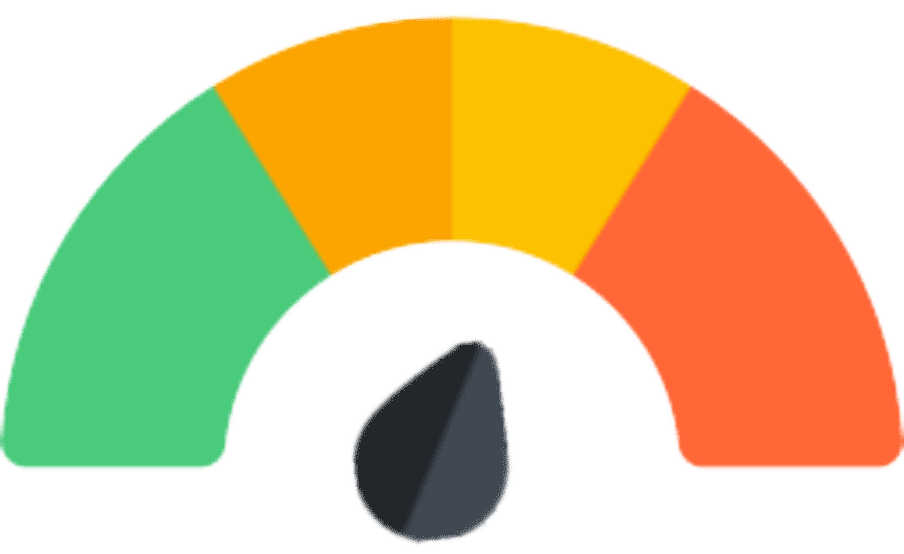
common
sedation
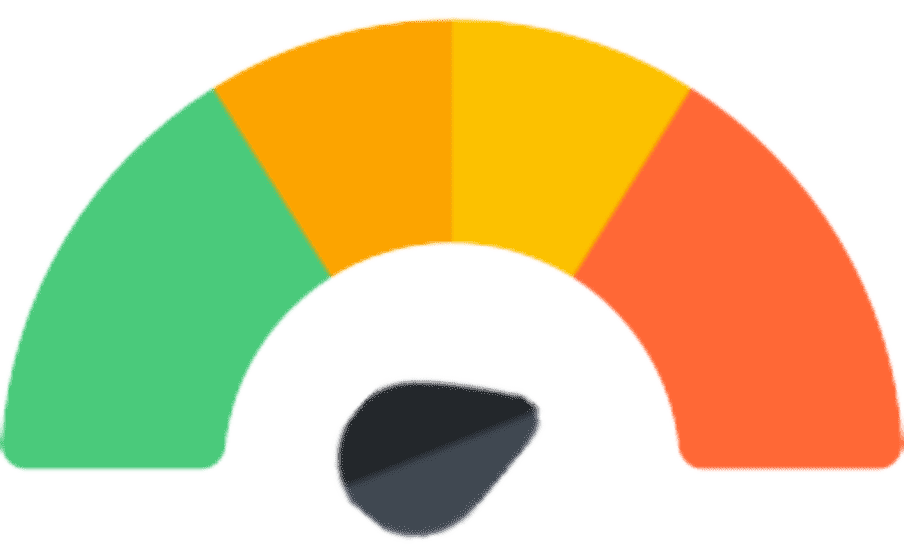
problematic
What to do about CHLORPROMAZINE side effects
• Wait
• Wait
• Wait
• For drug-induced parkinsonism, add an anticholinergic agent
• Beta blockers, benzodiazepines, or serotonin 2A antagonists (e.g., mirtazapine, cyproheptadine) may reduce akathisia
• Reduce the dose
• For sedation, give at night
• Switch to an atypical antipsychotic
• Weight loss, exercise programs, and medical management for high BMIs, diabetes, dyslipidemia
• Metformin may help prevent or reverse antipsychotic-induced weight gain
DOSING AND USE
usual dosage range
• 200–800 mg/day
 Dosage Forms
Dosage Forms
• Tablet 10 mg, 25 mg, 50 mg, 100 mg, 200 mg
• Capsule 30 mg, 75 mg, 150 mg (not in USA)
• Ampoule 25 mg/mL; 1 mL, 2 mL
• Liquid 10 mg/5 mL (discontinued in USA)
• Suppository 25 mg, 100 mg (discontinued in USA)
long term use
• Should periodically reevaluate long-term usefulness in individual patients, but treatment may need to continue for many years
habit forming
• No
SPECIAL POPULATIONS
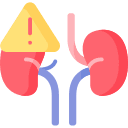 Renal Impairment
Renal Impairment
• Use with caution
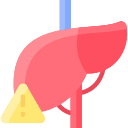 Hepatic Impairment
Hepatic Impairment
• Use with caution
 Cardiac Impairment
Cardiac Impairment
• Cardiovascular toxicity can occur, especially orthostatic hypotension
 Elderly
Elderly
• Lower doses should be used and patient should be monitored closely
• Often do not tolerate sedating actions of chlorpromazine
• Although conventional antipsychotics are commonly used for behavioral disturbances in dementia, no agent has been approved for treatment of elderly patients with behavioral symptoms of dementia such as agitation
• Elderly patients with dementia-related psychosis treated with antipsychotics are at an increased risk of death compared to placebo, and also have an increased risk of cerebrovascular events
 Children and Adolescents
Children and Adolescents
• Can be used cautiously in children or adolescents over age 1 with severe behavioral problems
• Oral – 0.25 mg/lb every 4–6 hours as needed; rectal – 0.5 mg/lb every 6–8 hours as needed; intramuscular – 0.25 mg/lb every 6–8 hours as needed; maximum 40 mg/day (under 5), 75 mg/day (5–12)
• Do not use if patient shows signs of Reye’s syndrome
• Generally consider second-line after atypical antipsychotics
 Pregnancy
Pregnancy
• Effective June 30, 2015, the FDA requires changes to the content and format of pregnancy and lactation information in prescription drug labels, including the elimination of the pregnancy letter categories; the Pregnancy and Lactation Labeling Rule (PLLR or final rule) applies only to prescription drugs and will be phased in gradually for drugs approved on or after June 30, 2001
• Controlled studies have not been conducted in pregnant women
• There is a risk of abnormal muscle movements and withdrawal symptoms in newborns whose mothers took an antipsychotic during the third trimester; symptoms may include agitation, abnormally increased or decreased muscle tone, tremor, sleepiness, severe difficulty breathing, and difficulty feeding
• Reports of drug-induced parkinsonism, jaundice, hyperreflexia, hyporeflexia in infants whose mothers took a phenothiazine during pregnancy
• Chlorpromazine should generally not be used during the first trimester
• Chlorpromazine should be used during pregnancy only if clearly needed
• Psychotic symptoms may worsen during pregnancy and some form of treatment may be necessary
• Atypical antipsychotics may be preferable to conventional antipsychotics or anticonvulsant mood stabilizers if treatment is required during pregnancy
 Breast Feeding
Breast Feeding
• Some drug is found in mother’s breast milk
• Effects on infant have been observed (dystonia, tardive dyskinesia, sedation)
• Recommended either to discontinue drug or bottle feed
Based on data Published online by Cambridge University Press
Compiled by Dr. Jash Ajmera